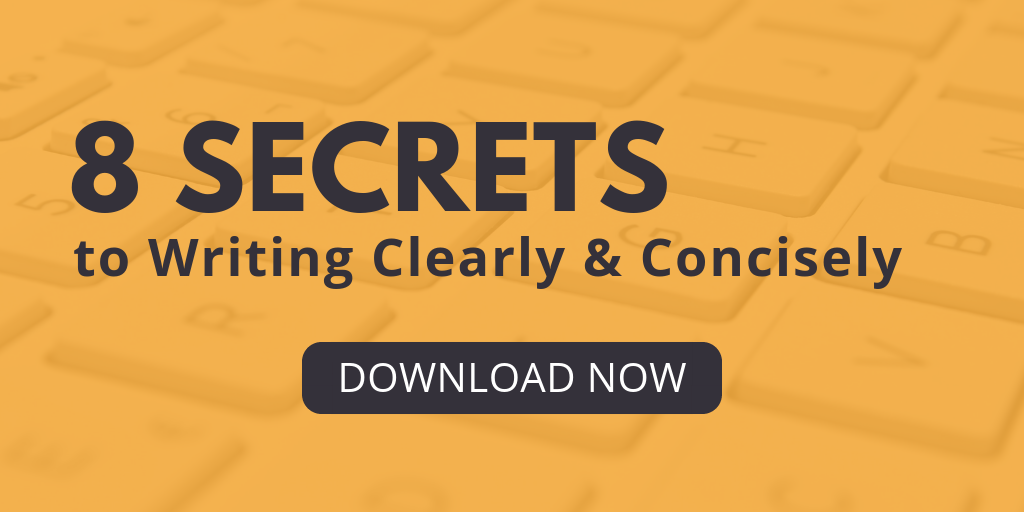To achieve better outcomes and a higher return on investment, organizing purchases is key. A request for proposal (RFP) serves as the starting point for high-priced purchases, whether you’re an organization or part of the government sector.
But what is an RFP, and how can you present a substantial proposal to qualified vendors? Find out everything you need to know about it here.
What is an RFP?
An RFP is a document that a business, non-profit, or government agency creates to outline the requirements for a specific project. The RFP process helps solicit bids from vendors and identify which one is best qualified to complete the project.
With a good RFP, you can:
- Secure offers from different vendors. These proposals make it easier for you to compare skills and rates to find the right partner for your project.
- Understand your options. Defining the scope of your requests and requesting detailed information about pricing and services will help potential vendors deliver bids that meet your needs.
- Assess the background of bidding vendors. A well-defined RFP will help you save time when researching each bidder.
Why Do Organizations Create RFPs?
Organizations create RFPs for the following reasons:
- By detailing your organization’s needs in an RFP, you can gauge how well each vendor understands your project.
- RFPs help government agencies and non-profits ensure transparency. It shows the public they’re accountable for project goals and vendor choices.
-
Writing an RFP encourages organizations to create benchmarks to measure project success.
What Makes an RFP Different From Other Documents?
During the procurement process, companies may send other requests to prospective project partners on top of an RFP.
RFPs present specific requirements that help potential vendors determine the best solution for a project. But how does an RFP differ from other written requests?
- Request for information (RFI) - RFIs help you collect important details for your project. It helps you make better decisions about the procurement process and define the scope of your RFP.
- Request for expressions of interest (REOI) - REOIs are usually used during the pre-development phase to identify potential bidders and their interest in your project.
- Request for qualification - Requests for qualification help narrow your pool of potential bidders. They aren’t as detailed as RFPs since they don’t include prices or other project requirements.
- Request for quotation - Not to be confused with requests for qualification, requests for quotation are competitive bid documents that request vendors to submit a price quote for a project.
- Request for tender (RFT) - RFTs are formal and structured invitations for vendors to bid on your project based on clear, detailed specs.
When Should You Use an RFP?
If your organization needs external resources to meet specific needs, an RFP can help you find potential partners with the right resources, skills, and expertise.
Using an RFP is appropriate if your project meets these criteria:
- It has a complex scope
- It requires the analysis and comparison of hard data
- It warrants a bid from a qualified vendor
Be careful: Using RFPs unnecessarily or exclusively as a sales tool, however, could lead to project failure.
How Does the RFP Process Work?
Organizations usually follow slight variations of these steps:
1. Set Your Criteria
Set the scoring criteria you will use to select a vendor. Decide what matters most: is it a vendor’s cost estimate, skill set, or references and reviews? Doing this before publicly releasing your RFP helps you solicit focused proposals and reduces the number of poorly matched proposals you need to consider. It’ll also be easier to rank each vendor according to preference.
2. Create the RFP
A well-crafted RFP is essential because it’s a reflection of your organization’s focus, background, and experience. Start by identifying the needs for the project, and include the requirements, scope, and deadline. Make sure the document is comprehensive enough by including a list of questions potential bidders could ask.
Working with stakeholders can help you write better RFPs. Involve them in the process by discussing possible challenges and ideal outcomes to avoid delays.
3. Edit Your RFP
Most importantly, take the time to polish your proposal. Some vendors may fail to respond to your project if the details are unclear. Help providers understand your proposal better by running it through editing software. If you’re struggling to polish your document, editing software can help you save time and improve your writing.
If you’re a vendor, editing is even more important. Be sure to revise, edit, and proofread your response. The winning bidders usually submit the best price—and the best, most polished document.
What Should You Include in an RFP?
An RFP will look different depending on the needs and goals of a project. But it will usually include this info:
- The history of the organization
- A detailed description of the project, including its purpose and your desired results
- Specific requirements about preferred materials, tools, systems, and/or products
- The budget
- The project deadline, along with clearly defined milestones and dates
- Questions you would like the respondents to answer or details you would like them to provide
- The submission deadline, contact information, and guidelines to submit proposals
If you’re new to writing an RFP, you can consult helpful resources online. For instance, “Non-profit Guides” gives examples of both private and public RFPs and proposals.
What Happens When You Finish Writing Your RFP?
After finalizing your RFP, you can:
- Share the document. Give vendors enough time to find and respond to your RFP by sharing it with them online via trade news outlets or in field-specific settings.
- Negotiate with your chosen vendor. Once you award the project to a vendor, review each line item’s cost and negotiate further to lower the bid.
Create Brief Yet Substantial Proposals
The RFP process can feel complicated and time-consuming. But if you specify your needs in the RFP, it’ll be much easier to find the best vendor for your project.
Let WordRake help you make writing your RFPs crisp and concise. You’ll receive instant feedback and produce shorter, more readable documents that get better responses. Get started with your 7-day FREE trial here.
About the Author
Caroline Engle is WordRake’s Marketing Communications Specialist. She convinced WordRake to hire her as an intern after placing in editing competitions and writing a novel in a month. When she isn’t editing or writing copy, coordinating conference logistics, or helping improve WordRake’s functionality, she’s reading, going on ten-mile walks, or looking up flight prices. Connect with her on LinkedIn here.








